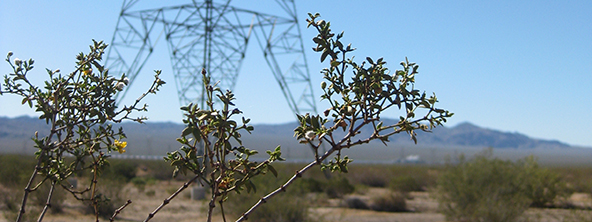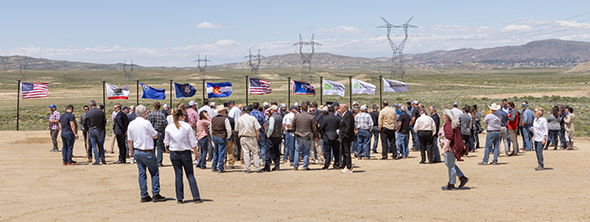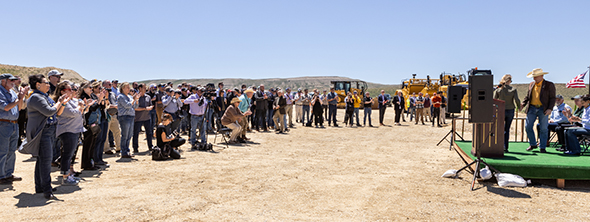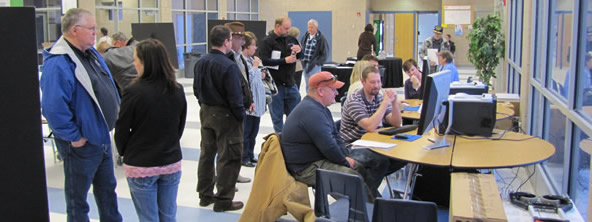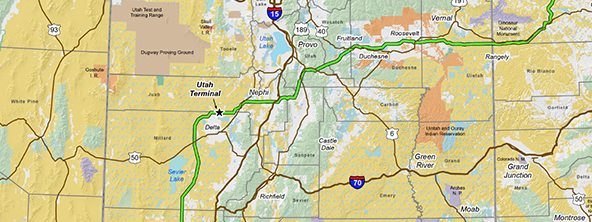Critical grid infrastructure to connect the West
TransWest Express LLC is developing and constructing critical high-voltage interregional transmission infrastructure to make America’s power grid more reliable and more resilient. The 732-mile line will reliably and cost-effectively facilitate delivery of approximately 20,000 GWh/year of electric energy.
The TransWest Express Transmission Project is a combined high-voltage direct current (HVDC) and high-voltage alternating current (HVAC) interregional transmission system connecting four major balancing authorities in the Western Interconnection. The TWE Project’s use of an HVDC segment, in combination with the HVAC segment, is an efficient way to move power long distances while expanding the grid’s flexibility and efficiency.
The TWE Project represents a multibillion-dollar investment in America’s power grid. Its success means new well-paying jobs across Wyoming, Colorado, Utah and Nevada; hundreds of millions of dollars in local and state tax revenues; and hundreds of millions in state and federal payments. The BLM right-of-way grant was issued in 2017, all other authorizations were received by 2022, and the BLM Notice to Proceed to Construction was signed April 10, 2023. Project construction began in fall 2023.

The dotted line indicates the approximate route of this transmission line project, from the Marketplace Hub in Nevada to south-central Wyoming, with a terminal near Delta, Utah. The TWE Project aligns with regional transmission development objectives set forth in an April 2005 Memorandum of Understanding signed by the governors of Wyoming, Utah, Nevada and California.
By the numbers
- 732 miles of high-voltage transmission infrastructure consisting of two systems: a 3,000 MW direct current (DC) segment with terminals near Sinclair, Wyo., and Delta, Utah; and a 1,500 MW alternating current (AC) segment from the Utah terminal to southern Nevada.
- Three planning regions in the WECC connected by this interregional system
Project updates
- June 2, 2025: Construction teams lend hands to help Downtown Rawlins
- May 6, 2025: Interregional TWE Project construction continues to advance
EIS websites
BLM and WAPA are joint lead agencies that prepared an Environmental Impact Statement for the TWE Project. USFS was a cooperating agency. Each federal agency has an EIS-related site:
Stay informed
![]() Join TransWest's email list to receive periodic updates and meeting notifications.
Join TransWest's email list to receive periodic updates and meeting notifications.
 Follow us on X/Twitter.
Follow us on X/Twitter.
In the news
"We have a national security issue and we’ve got to be able to get clean U.S. energy to every state. We need the transportation networks, whether it's pipelines or transmission lines, to do that."
- Interior Secretary Doug Burgum, Jan. 16, 2025

